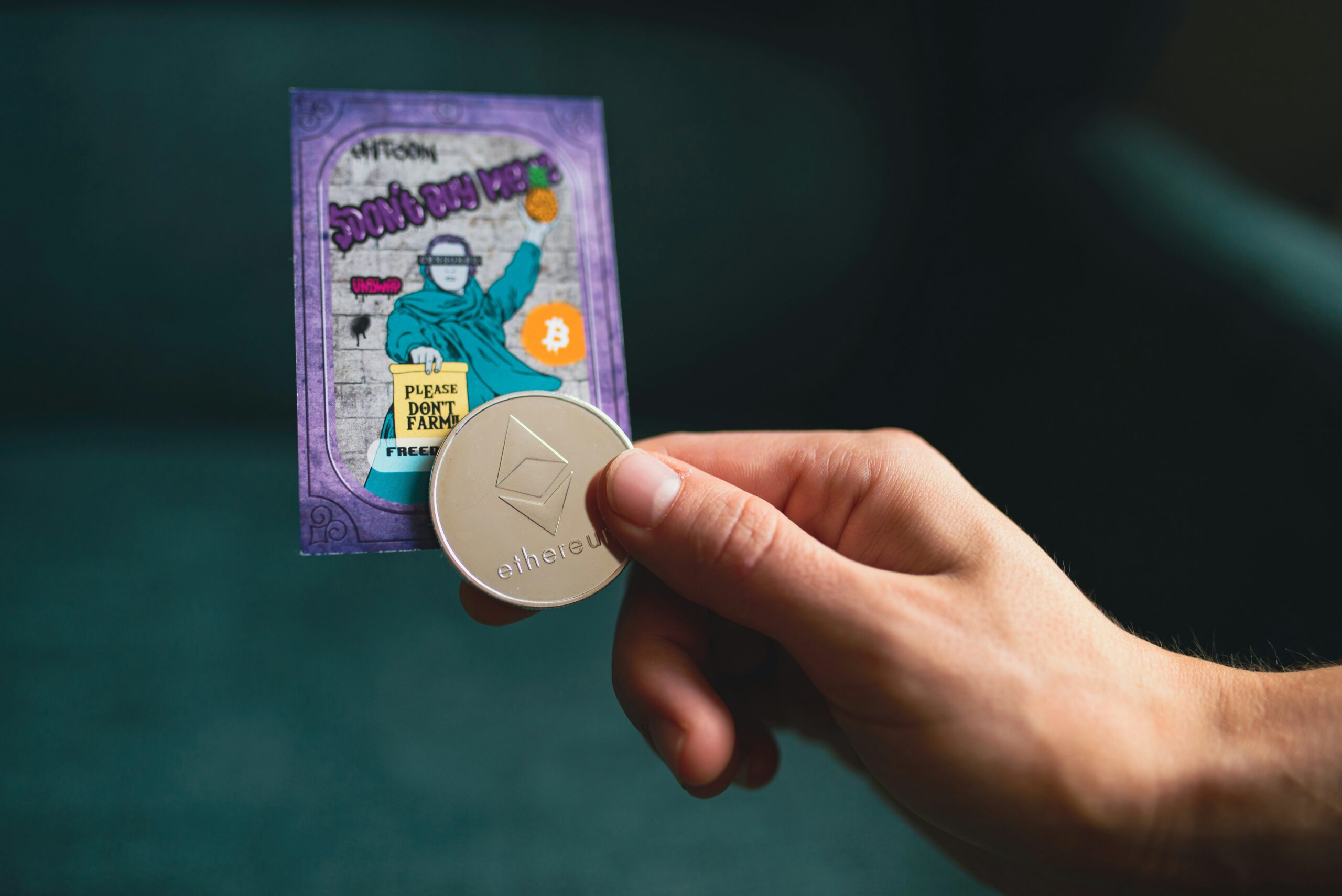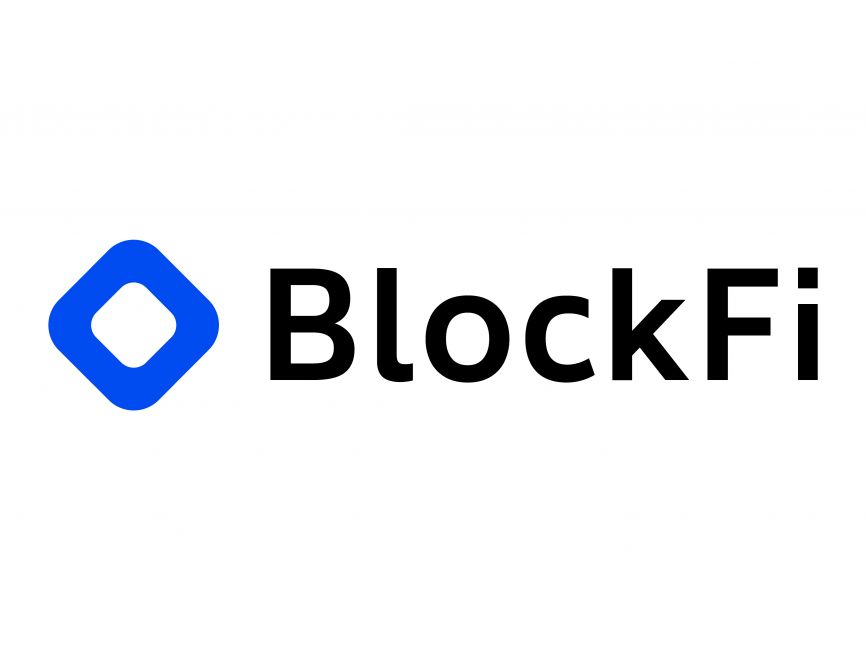Introduction:
The explosive rise of NFTs has captivated the digital world, revolutionizing the concept of ownership in the virtual space. From the eye-watering sales of digital art pieces to the tokenization of music albums and even virtual real estate, non-fungible tokens have become a focal point of innovation and investment.


Table of Contents
1: Understanding NFTs
NFTs are unique digital assets authenticated using blockchain technology, which distinguishes them from fungible tokens like Bitcoin or Ethereum.
NFTs stand for Non-Fungible Tokens. Now, let’s unpack that. “Non-fungible” means something is unique and irreplaceable, like a one-of-a-kind painting. Unlike money, where a $10 bill is the same as any other $10 bill, each NFT is distinct and cannot be directly interchanged. This uniqueness is guaranteed by blockchain technology, a secure digital ledger that tracks ownership and verifies authenticity.
Imagine each NFT as a digital certificate of ownership for something special. This “something” can be anything – a piece of digital art, a song, a sports highlight, a tweet, even a virtual parcel of land in a metaverse! By owning an NFT, you own the sole digital rights to that specific asset, just like owning the original Mona Lisa (minus the Louvre tour, of course).
Their non-interchangeable nature means each NFT holds distinct value, often tied to its scarcity, provenance, or underlying content. This uniqueness is what makes NFTs irreplaceable and digitally scarce.
2: How Do NFTs Work?
At the core of NFT functionality lies blockchain, a decentralized and transparent ledger. NFTs are created and managed through smart contracts, self-executing codes that define ownership rights and ensure authenticity.
Artists, creators, or developers mint NFTs by uploading their work onto a blockchain platform, such as Ethereum, which then generates a unique token representing that specific digital asset.
The ownership and transaction history of NFTs are recorded on the blockchain, allowing for easy verification and tracking. Each token contains metadata providing details about the asset, such as its creator, creation date, and any associated royalties.
Creating and acquiring NFTs involves a few key steps:
- Minting: The process of transforming a digital asset into an NFT on a blockchain platform. It’s like stamping a unique identifier on your digital creation.
- Marketplaces: Dedicated platforms like OpenSea and Rarible act as online marketplaces where NFTs are listed, bought, and sold. Think of them as virtual art galleries for the digital age.
- Cryptocurrency: NFTs are traded primarily with cryptocurrency like Ethereum. So, you’ll need a crypto wallet to purchase and store your newfound digital treasures.
Now, let’s dive deeper into the four main reasons why NFTs are creating such a buzz:
- Digital Art Revolution: Artists can finally monetize their digital creations effectively. Imagine owning a one-of-a-kind piece by Beeple, the digital artist who sold an NFT for a whopping $69 million! Not only does this benefit artists, but it also opens up a whole new avenue for art appreciation and collecting in the digital realm.
- Beyond Art: A Universe of Possibilities: NFTs aren’t just for art. They’re being used for in-game items, music rights, event tickets, and even real-world assets like real estate! This opens up doors for exciting new applications, like owning a limited edition virtual skateboard in your favorite racing game, or even fractional ownership of a luxury property through NFTs.
- Community and Exclusivity: Owning an NFT often grants access to exclusive communities and perks. Imagine being part of a club of Bored Ape Yacht Club NFT holders, gaining access to private events and collaborations. This fosters a sense of belonging and adds value to NFT ownership beyond just the digital asset itself.
- Democratizing Ownership and Investment: NFTs open up new avenues for investing in emerging markets and supporting creators directly. Fractional ownership through NFTs allows for micro-investments in valuable assets, making them more accessible to a wider audience.
3: Use Cases and Examples
NFTs extend far beyond the art world. They’ve seeped into various industries, unlocking new possibilities:
- Digital Art: The sale of Beeple’s “Everydays: The First 5000 Days” for $69 million by Christie’s in 2021 remains a landmark moment in the NFT space.
- Gaming: Games like “Axie Infinity” leverage NFTs to enable players to own, trade, and monetize in-game assets like characters, land, and items.
- Music and Entertainment: Musicians like Kings of Leon and Grimes have released albums or artwork as NFTs, reshaping how artists engage with their fan base and monetize their creations.
- Real Estate and Virtual Worlds: NFTs facilitate ownership of virtual real estate in metaverse platforms like Decentraland, creating new digital economies.
4: Criticisms and Challenges
Of course, it’s not all sunshine and rainbows in the NFT world. There are challenges and considerations to be aware of:
- Market Volatility: NFT prices can fluctuate wildly, just like any other cryptocurrency-based asset. The NFT market’s rapid growth has attracted scammers and speculators, leading to price volatility and potential fraudulent activities.
- Environmental Impact: Blockchain technology used for NFTs can have a significant energy footprint. Choose platforms that utilize sustainable practices and offset carbon emissions.
- Security Concerns: Scams and fraudulent activity exist in the NFT space. Do your research, choose reputable platforms, and practice safe storage of your crypto assets.
- Copyright and Ownership Issues: NFTs have sparked debates over copyright infringement and the authenticity of ownership, leading to legal disputes.
5: The Future of NFTs
Despite the challenges, NFTs are not going anywhere. They represent a fundamental shift in how we create, own, and value digital assets. Their potential to revolutionize industries, empower creators, and reshape online communities is undeniable.
So, should you dive into the world of NFTs? That’s entirely up to you. But hopefully, this blog post has equipped you with the knowledge and understanding to make informed decisions.
Whether you become an NFT collector, creator, or simply a curious observer, one thing is clear – the future of the digital world is getting increasingly fascinating, thanks in part to these non-fungible tokens.
Conclusion:
In conclusion, NFTs represent a paradigm shift in how we perceive and trade digital assets. Their versatility spans industries, offering creators new monetization avenues and buyers unique ownership experiences.
However, challenges persist, necessitating ongoing discussions and solutions to ensure the ethical, legal, and sustainable development of the NFT ecosystem.



